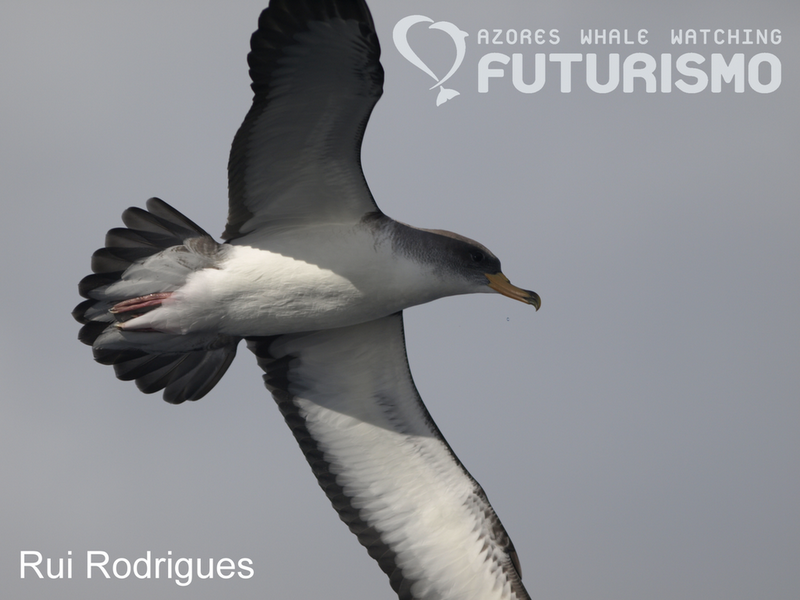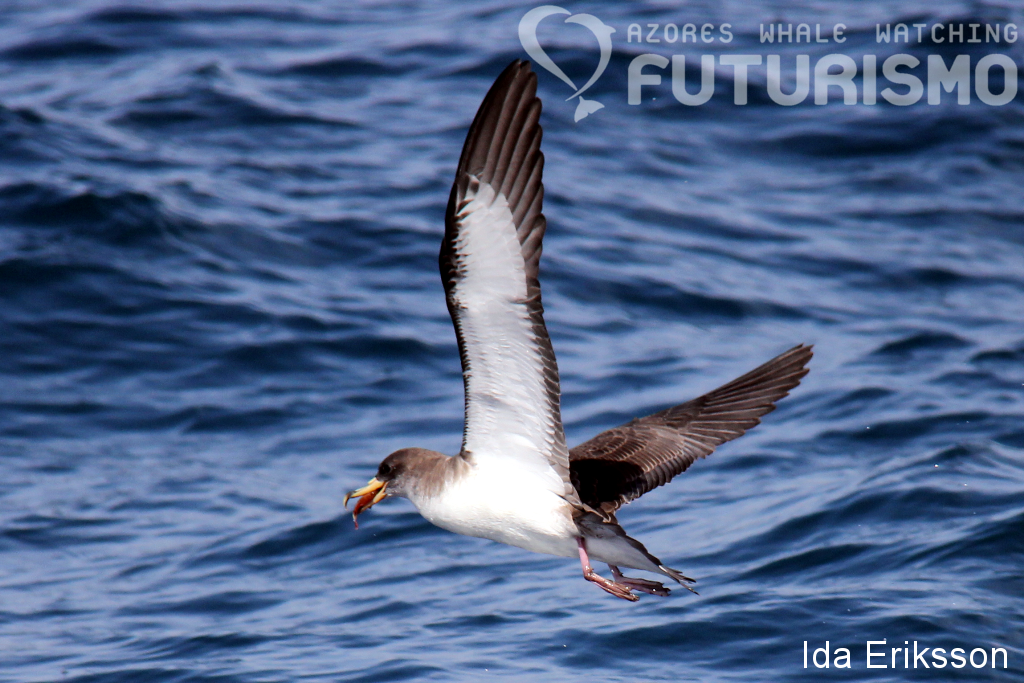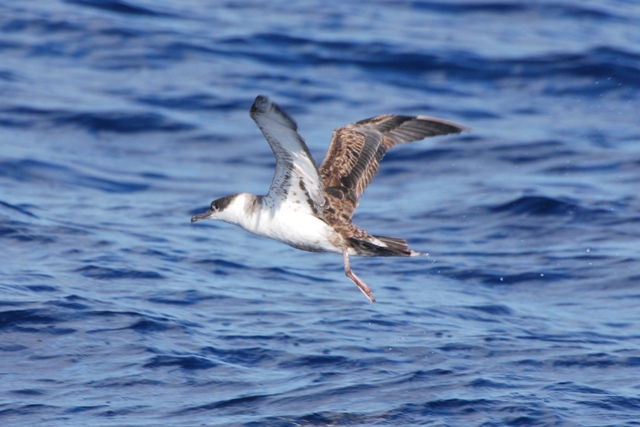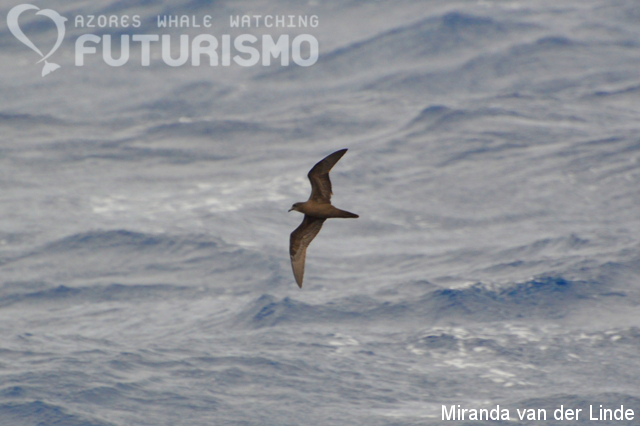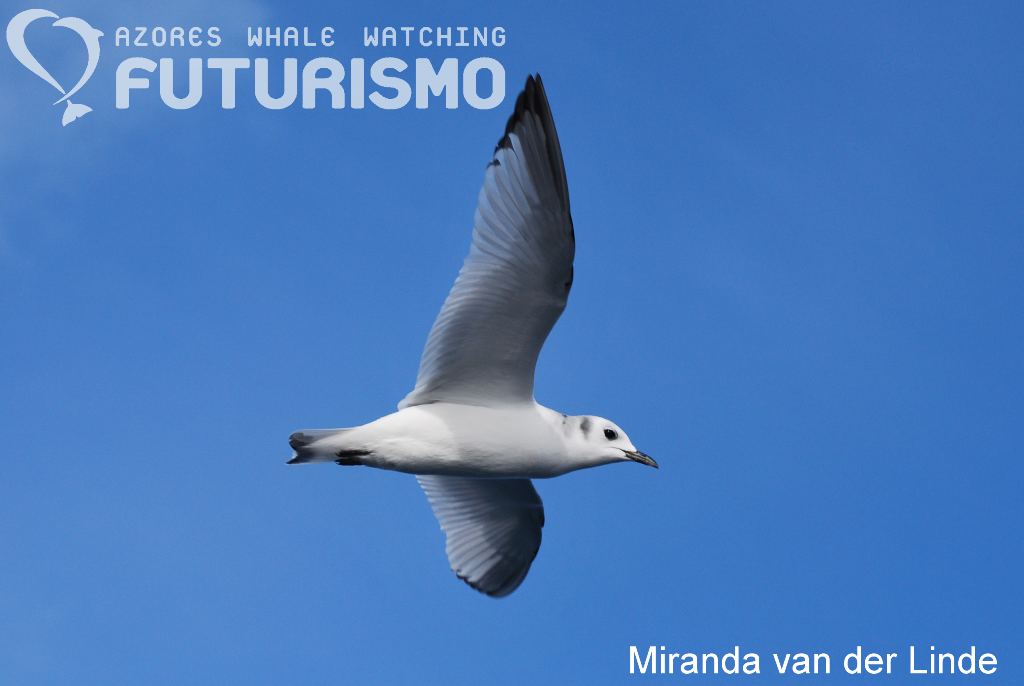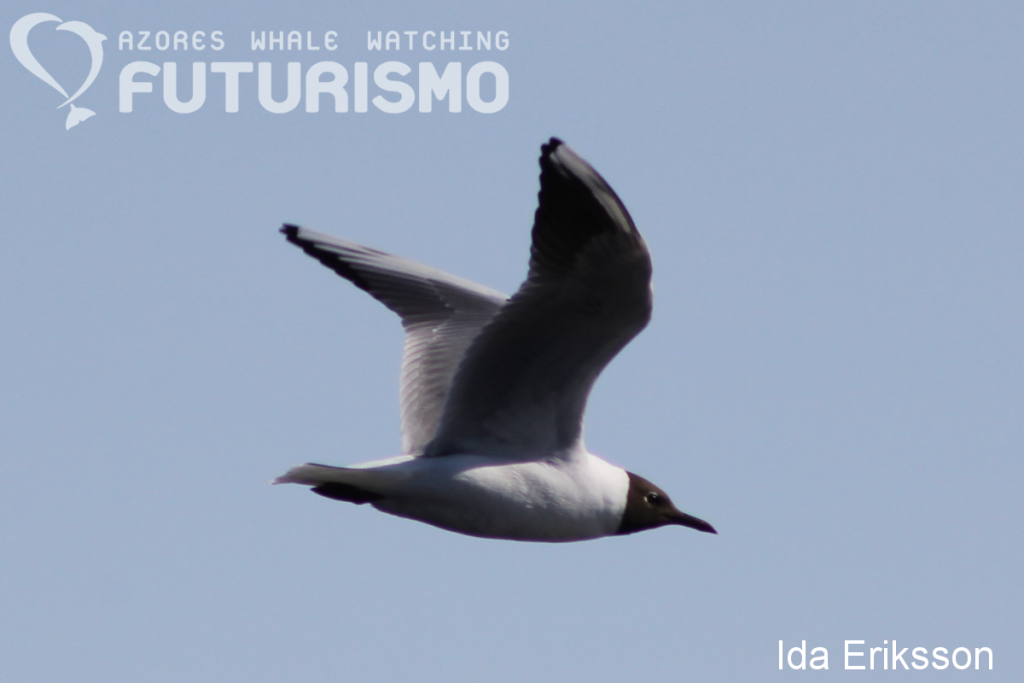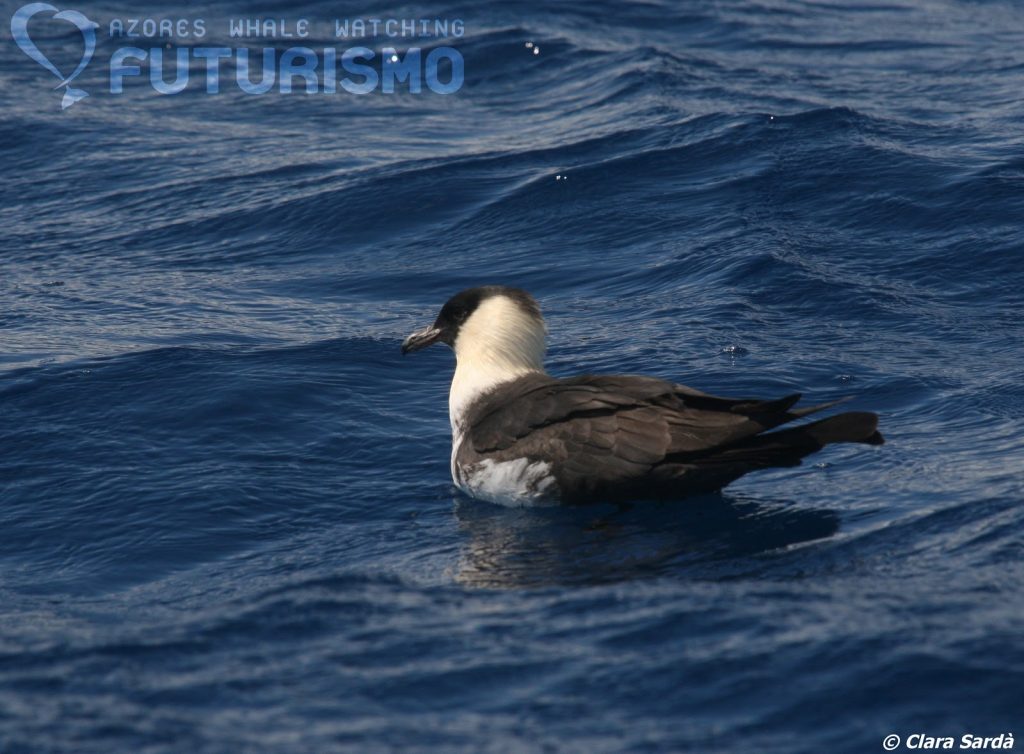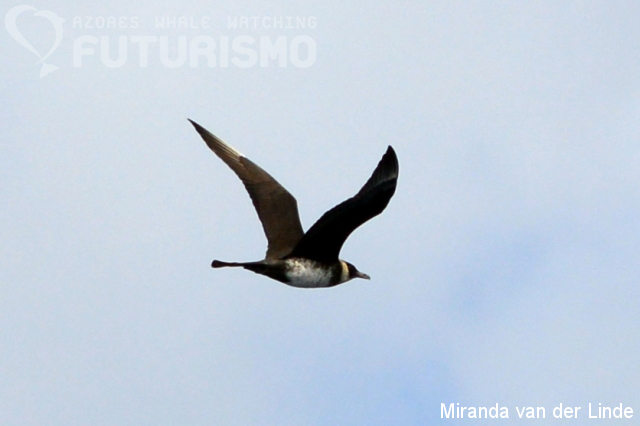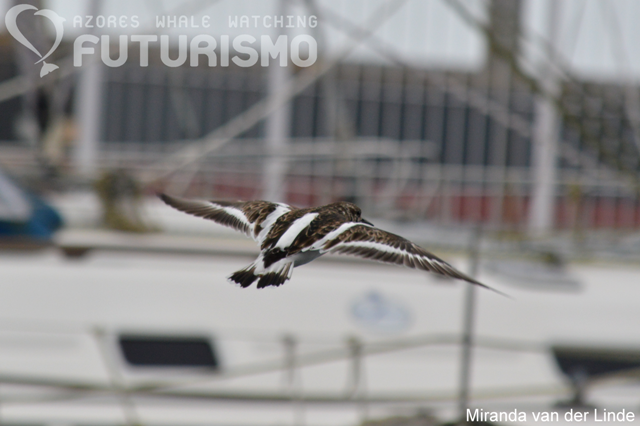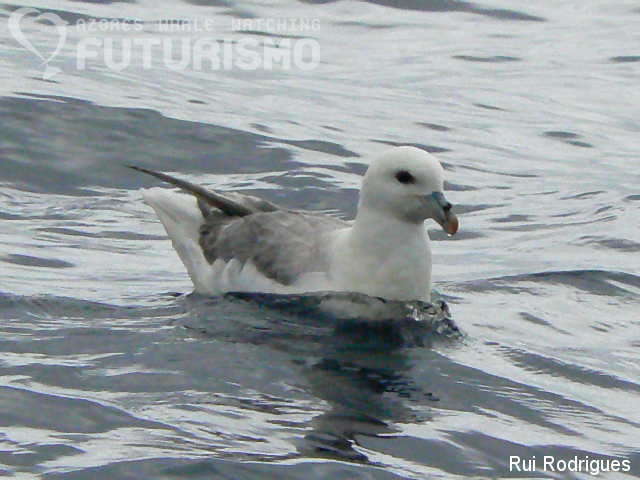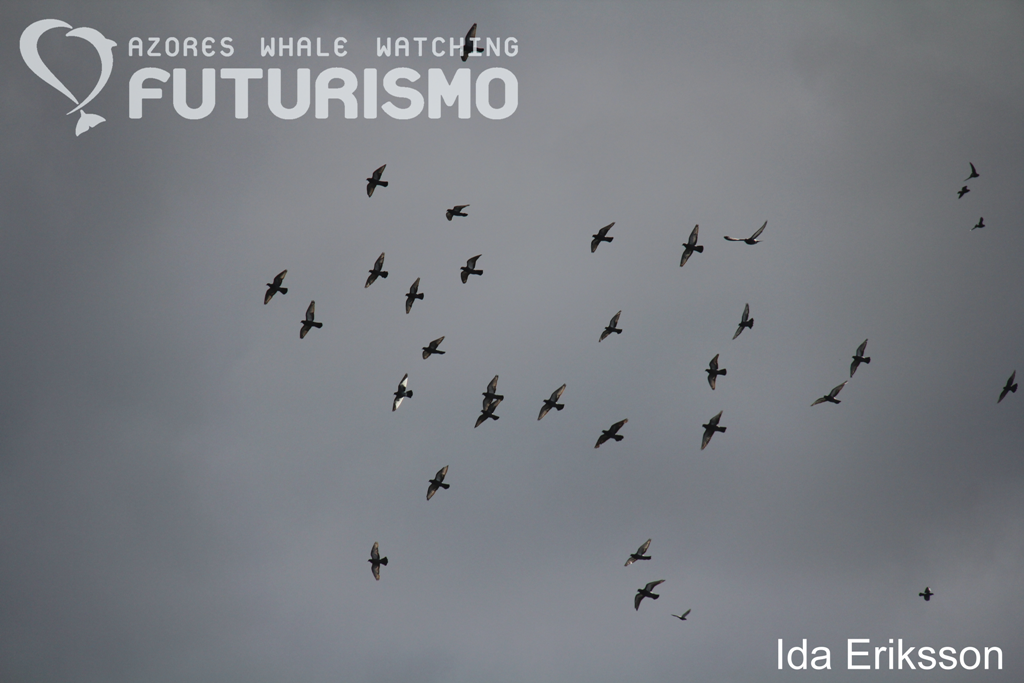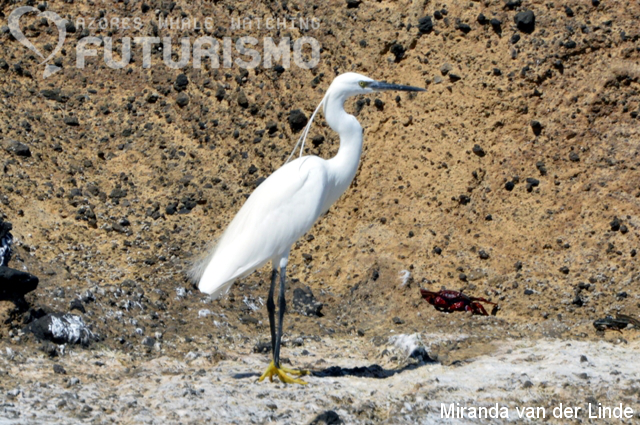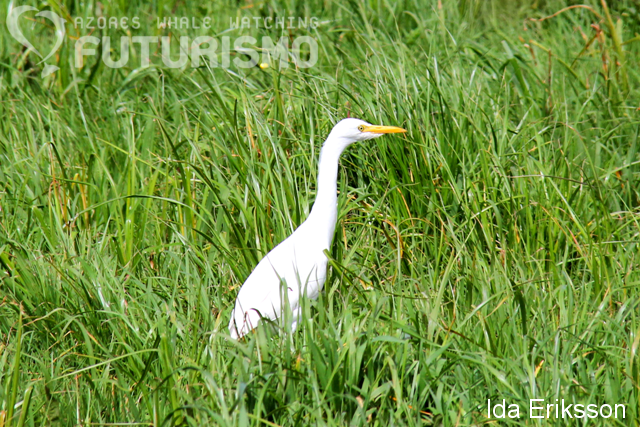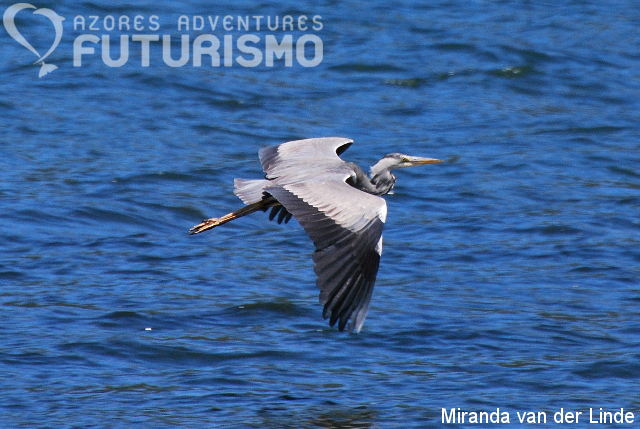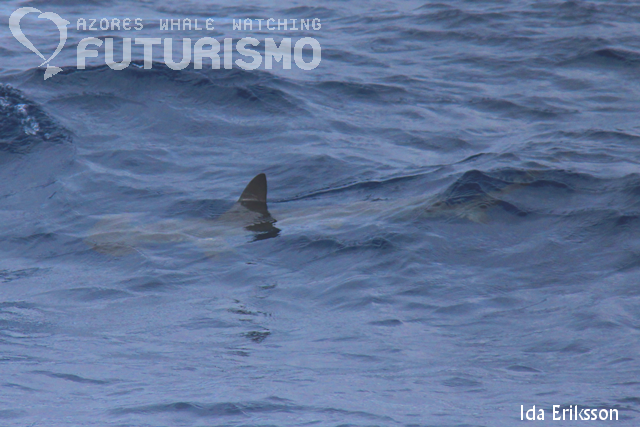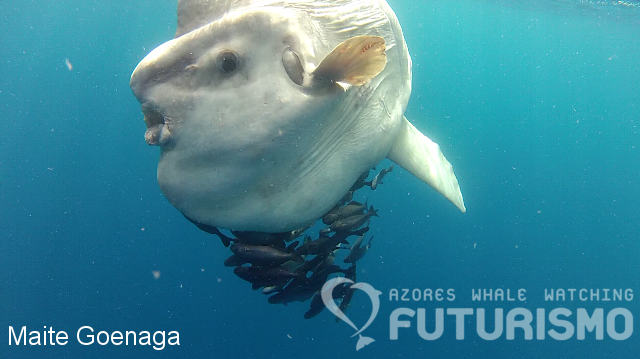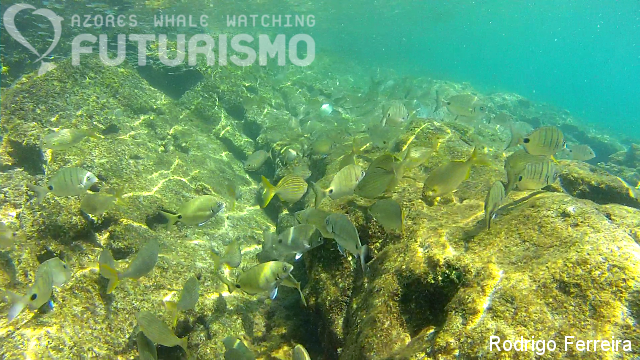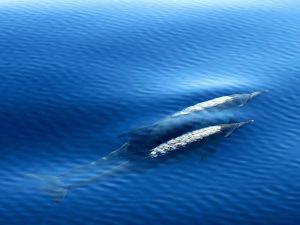When we are out on the sea we don’t only see cetaceans, we can see a lot of different species out there like birds, turtles, fish, sharks, rays. Below you can see a short description and photos of some these species we encounter during our tours.
TURTLES
Around the islands of the Azores we can see 5 of the 7 different species of marine turtles that exist in the world. The most common species we see here in the loggerhead turtle, which can be seen on a regular basis during our tours, especially during the summer. We also have the occasional sighting of leatherback turtles, which is the largest species of marine turtle. The other 3 species we are very rare to see are the green turtle, hawksbill turtle and the kemp’s ridley turtle.
Around the islands of the Azores we can see 5 of the 7 different species of marine turtles that exist in the world. The most common species we see here in the loggerhead turtle, which can be seen on a regular basis during our tours, especially during the summer. We also have the occasional sighting of leatherback turtles, which is the largest species of marine turtle. The other 3 species we are very rare to see are the green turtle, hawksbill turtle and the kemp’s ridley turtle.
Loggerhead turtle (Caretta caretta)
Leatherback turtle (Dermochelys coriacea)
~ click here for information and more photos ~
BIRDS
Due to the location of the Azores archipelago, close to 400 European and American bird species have been sighted here, including American species that cannot be seen in the European mainland and vice versa. The chance of seeing a rare species makes the Azores an exciting destination for bird watching enthusiasts. About 30 species breed on the islands, including one endemic marine species, the Monteiro’s storm petrel (Oceanodrama monteiroi) which nests only on the islet of Praia in Graciosa, Azores.
Cory’s shearwater (Calonectris diomedea borealis) (Common breeding)
Recording (video) of the sound of the Cory’s shearwater (image all black as night)
Great shearwater (Puffinus gravis) (Common vagrant)
Manx shearwater (Puffinus puffinus) (Uncommon breeding)
Bulwer’s petrel (Bulweria bulwerii) (Uncommon breeding)
Yellow-legged gull (Larus michahellis atlantis) (Common breeding)
Black-legged Kittiwake (Rissa tridactyla)
Black-headed Gull (Larus ridibundus) (Uncommon vagrant)
Summer plumage (photo taken in Sweden)
Ring-billed gull (Larus delawarensis) (Uncommon vagrant)
American herring gull (Larus smithsonianus)
Great skua (Stercorarius skua) (Rare vagrant)
Pomarine Skua (Stercorarius pomarinus) (Rare vagrant)
Sanderling (Calidris alba) (Common vagrant)
Ruddy Turnstone (Arenaria interpres) (Common vagrant)
Whimbrel (Numenius phaeopus phaeopus) – Common vagrant
Common tern (Sterna hirundo) (Common breeding)
Juvenile common tern
Roseate tern (Sterna dougalii) (Common breeding)
Double-crested cormorant (Phalacrocorax auritus)
Northern gannet (Morus bassanus) (Uncommon vagrant)
Northern fulmar (Fularus glacialis) rare (fewer than 40 recorded sightings in the Azores)
Red-billed tropicbird (Phaethon aethereus) rare (fewer than 10 recorded sightings in the Azores)
Rock doves (Columba livia atlantis) (Common breeding)
Buzzards (Buteo buteo rotchildi) (Azorean endemic subspecies) (Common breeding)
Photo taken at Vila Franca Islet, where we often see this species during our whale watching tours:
Little egret (Egretta garzetta) (Uncommon vagrant)
Notice the difference between the above little egret and below the
Cattle egret (Bubulcus ibis) (rare vagrant)
Great blue heron (Ardea herodias)
SHARKS, RAYS AND FISH
37 different species of sharks and 13 species of rays have been registered in the water’s of the Azores. The most common shark species for us to see in the Azores is the smooth hammerhead shark. The one we are always waiting to appear during the warmer summer months is the whale shark, which is the largest fish species in the world. During recent years the Azores has become increasingly well known as a top destination to dive with devil rays and manta rays.
Whale shark (Rhincodon typus)
Hammerhead shark (Sphyrna zygaena)
Sicklefin devil ray (Mobula tarapacana)
Manta ray (Manta birostris)
~ click here for more information and more photos ~
Sunfish (Mola mola)
~ click here for more information and more photos ~
Atlantic flying fish (Cypselurus hetururus)
Yellowfin tuna (Thunnus albacares)
On our Full Day tours you can snorkel with a lot of different fishes and also see some of the different marine birds that next on Vila Franca Islet. Below are some photos and videos of the more common species we can encounter underwater in the Azores.
Male parrotfish (Sparisoma cretense)
Male rainbow wrasse (Coris julis)
Ornate wrasse (Thalassoma pavo)
Video of an ornate wrasse
Grey triggerfish (Balistes capriscus) and other fishes around a barrel
White Seabream (Diplodus sargus), Vila Franca Islet
Goby fish (Gobiidae sp.), Vila Franca Islet
Fishes in the marina
Most of the species that you can see in the marina a sample of the greater diversity that we can see while snorkeling in Vila Franca Islet. Fish species commonly seen in the marina are: white seabream (Diplodus sargus), goby fish (Gobiidae sp.), ornate wrasse (Halichoeres ornatissimus), thicklip grey mullet (Chelon labrosus) and goldline (Sarpa salpa).
Photos taken in the marina of thicklip grey mullet (Chelon labrosus)
CNIDARIANS
Cnidarians are group of animals that include anemones, jellyfish and comb jellies. They are characterised by the presence of specialised stinging cells which they use to paralyse their prey. Cnidarians have two phases: free swimming medusas (such as jellyfish) and fixed polyps (such as anemones).
Portuguese Man O’ War (Physalia physalia)
Portuguese man-o-war capturing two boar fish
Portuguese man-o-war tentacles underwater
Close-up of the float of the Portuguese man-o-war (what makes them buoyant)
Comb jelly (Ctenophora sp.)
CRUSTACEANS, MOLLUSCS AND OTHER MARINE SPECIES
Crustaceans and molluscs make up the 2 largest phylums in the animal kingdom. Crustaceans include animals such as crabs, lobsters, shrimps and barnacles. These animals are distinguished by their hard exoskeleton (external shell) and jointed appendages. Molluscs included animals with the most varied forms, such as octopus, squid, nudibranchs, snails, limpets and other shellfish.
Red rock crab (Grapsus adscensionis)
Marbled rock crab (Pachygrapsus marmoratus)
Red and marbled rock crab together at Vila Franca Islet
Gooseneck barnacles/Stalked barnacles (Lepas sp.)
Sea urchins, together with sea stars belong to a different phylum altogether, referred to as echinoderms. This phylum includes about 7000 species, all of which are characterised by having radial symmetry.
Purple sea urchin (Sphaerechinus granularis)
Seastar (Ophidiaster ophidianus)




